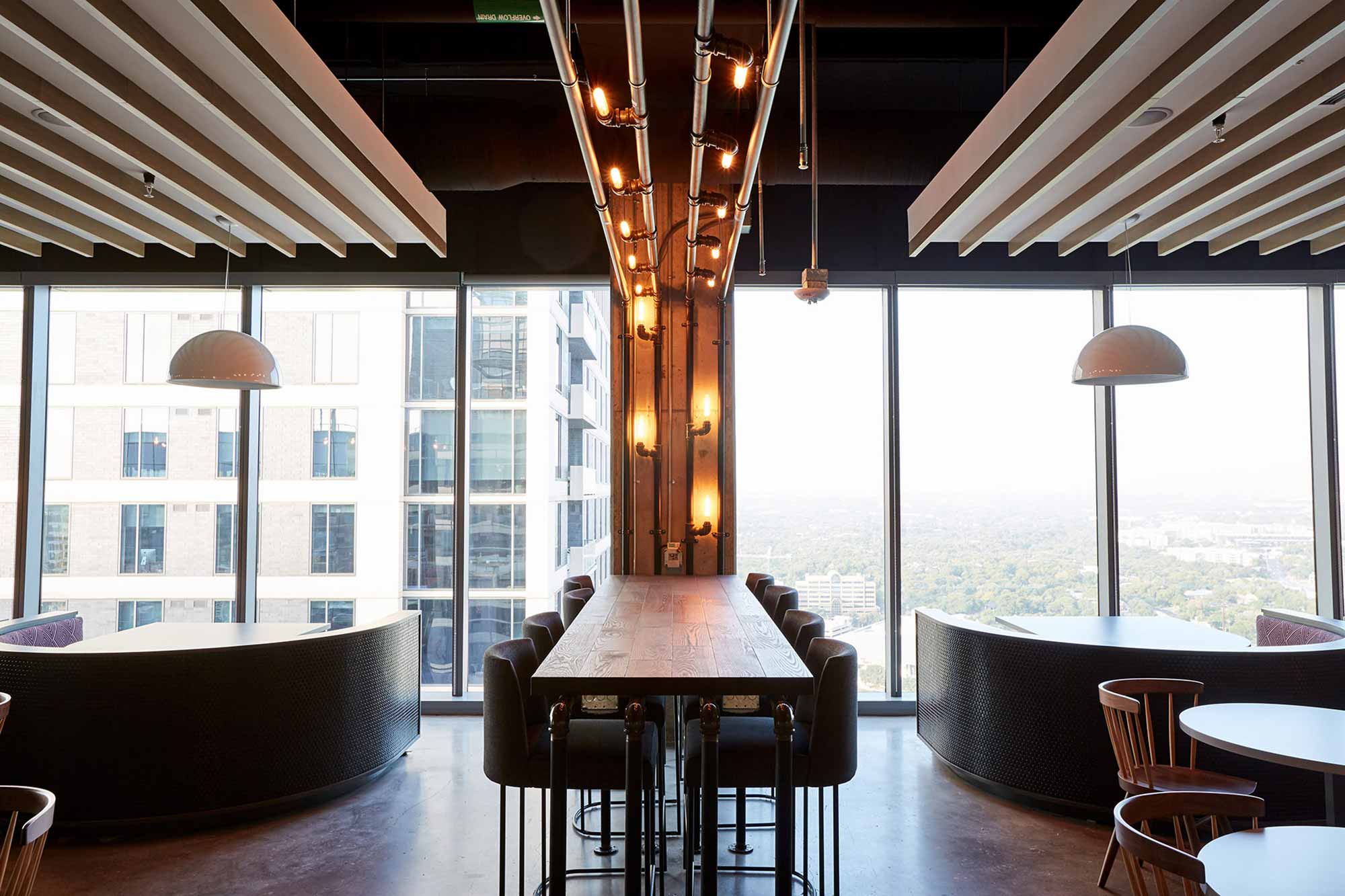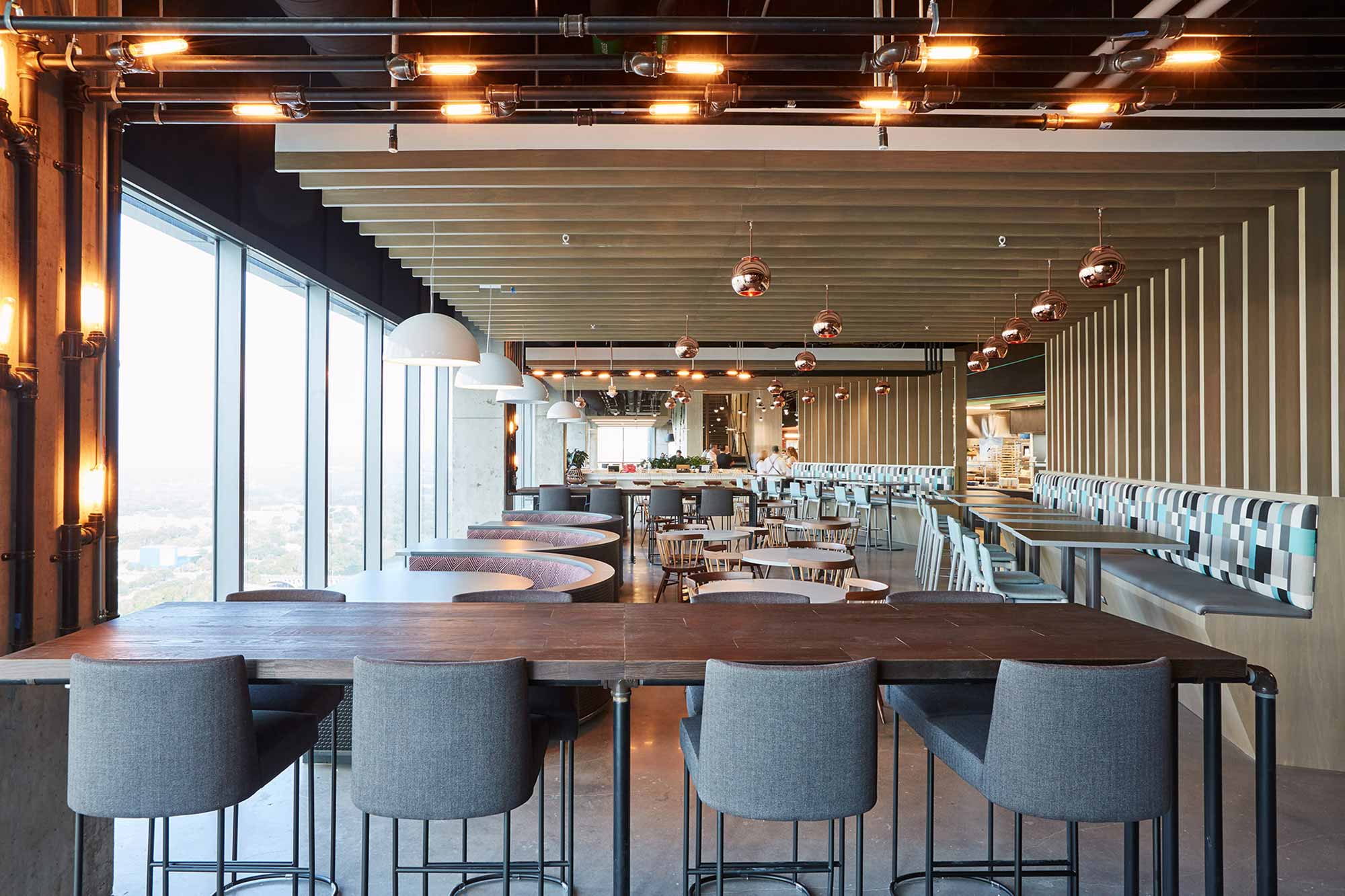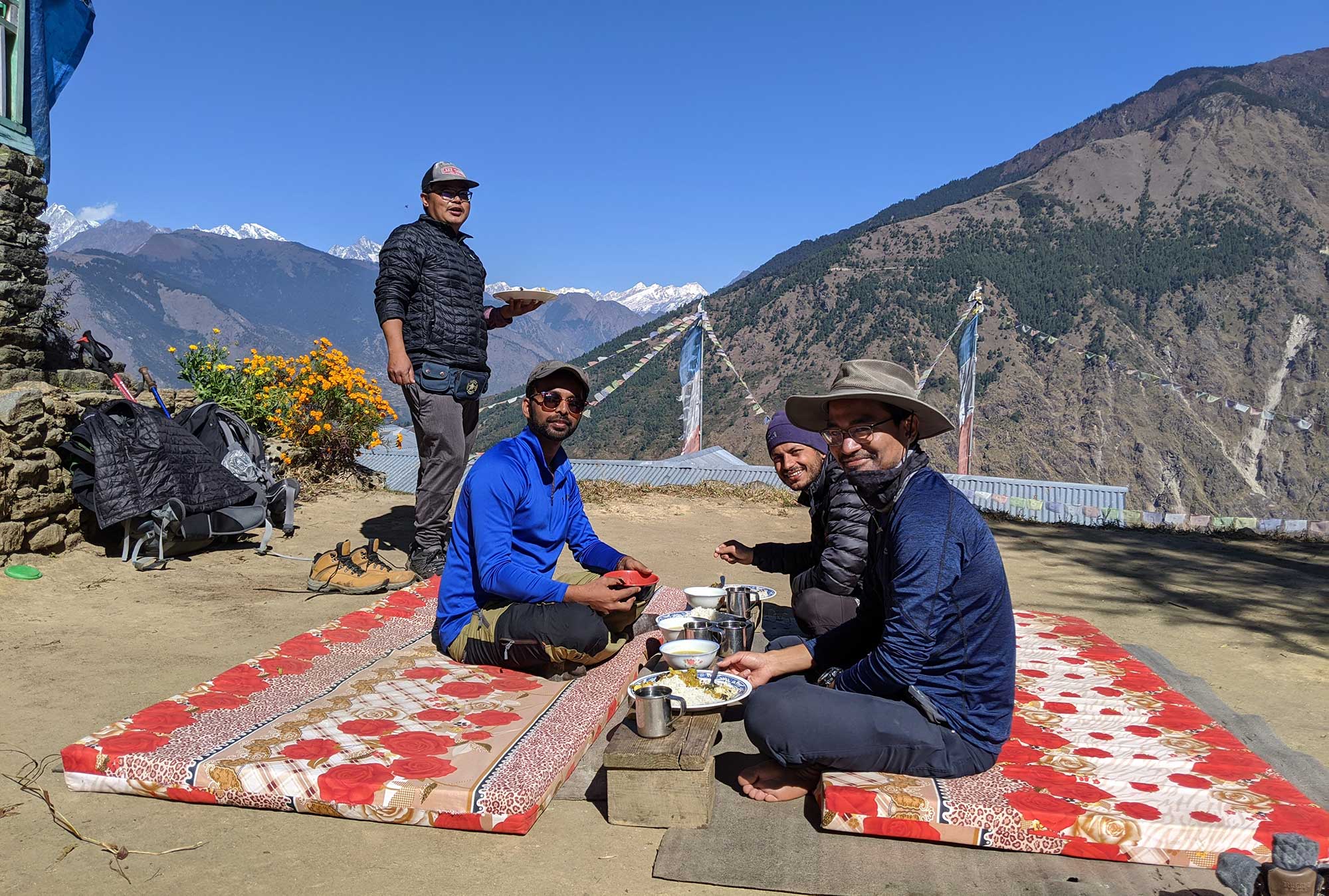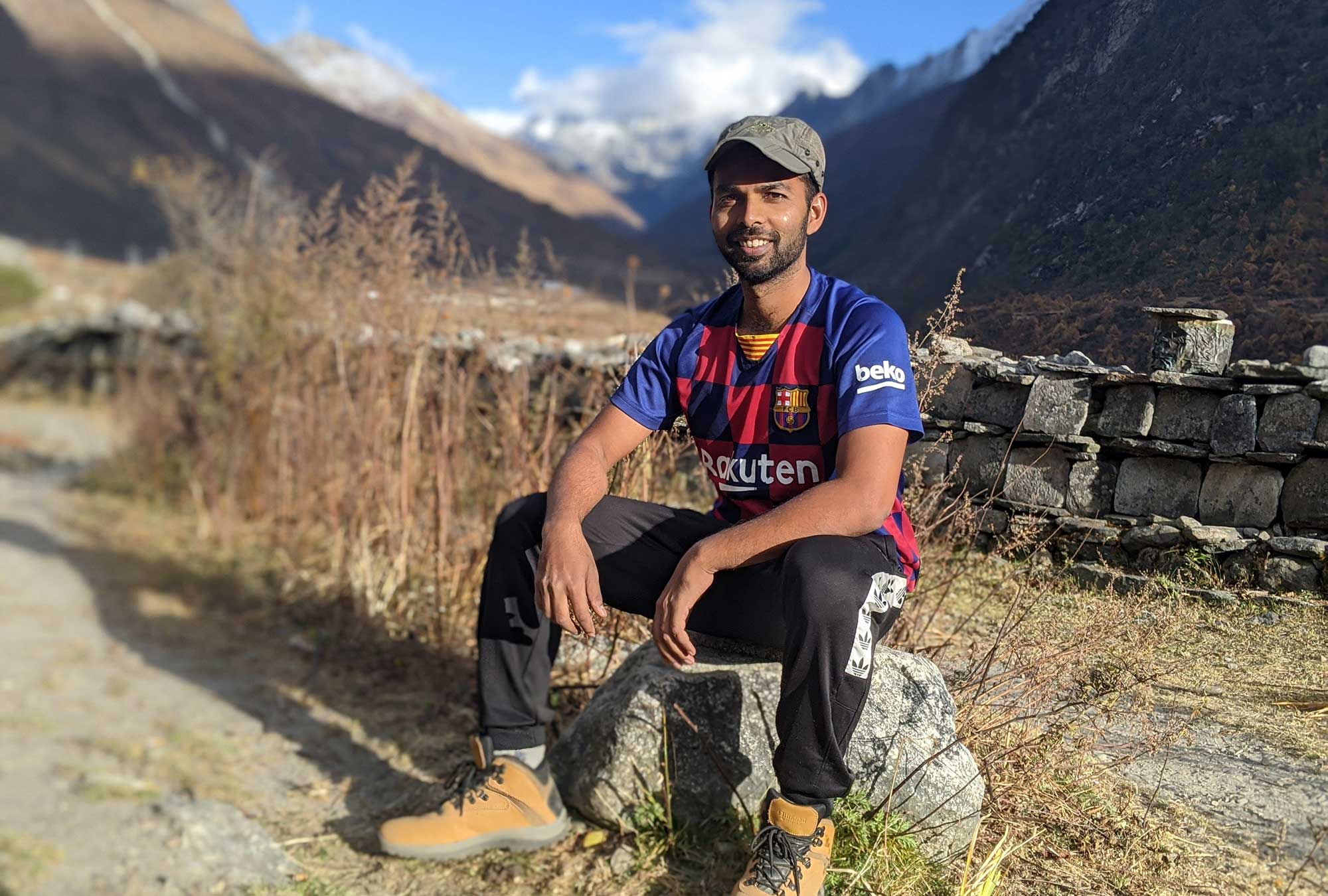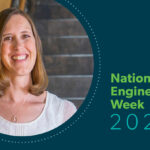#Eweek2021 Spotlight | Puru Shah
Engineering for resilience
For National Engineers Week 2021, we’re sharing stories from Cushing Terrell’s engineering talent to learn more about how they chose their profession and what makes them tick.
What inspired you to become an engineer?
Everyone in my family has had their own business. As a kid, I helped my dad manage his hardware business and learned a lot about construction, paint, plumbing systems, and metals. This piqued my interest in design, but I wasn’t as keen on the business aspect. I had two other choices that were acceptable to my brown parents — either become a doctor or an engineer. My math was really good, and I was not a fan of memorization, thus engineering became the natural choice.
A few years ago, I asked my dad if he really wanted me to become an engineer. He said he’d also wanted to become an engineer but had failed the entrance examinations for engineering school so it became his dream for me. I became the first member of my family to become an engineer and have a professional job instead of own a business.
What is your area of expertise and why did you choose it?
My education and work experiences have been broad. In school, my major was engineering science, which covered courses from mechanical, chemical, and electrical engineering. The flow of electrons, transistors, and semi-conductors sparked my interest the most, and this led me to pursue the electrical engineering path.
At Cushing Terrell, I gained expertise in the design of power for refrigeration systems in grocery stores, which include racks on the roof, refrigerated cases on the sales floor, and walk-in coolers and freezers. I also designed emergency generator power for these stores. The critical nature of this functionality became very clear during the recent Winter Storm Uri in Texas and the failure of the state’s electric grid.
I’ve also worked on electrical design for high-rise buildings, which require unique engineering solutions. For example, the power and communications on each level have to be distributed using vertical busways and risers, respectively. The design requires cross-disciplinary knowledge and extensive master planning during the core and shell construction.
What is one of your favorite projects and why?
I have two. One of my favorite projects was working on a microgrid for the Fort Bliss Army Base in El Paso, Texas. During the loss of utility power, a microgrid controller used 500 kW photovoltaic arrays, 1 MWh modular battery storage, and three 1.1 MW of cogeneration plants to provide emergency power to the mission-critical military facilities. It was a complex design-build project and we closely collaborated with several design firms, Lockheed Martin, the local utility company, and battery manufacturer, among others. Also visiting a military base and working with U.S. Army Corps of Engineers as a young immigrant was intimidating but exciting.
Another favorite project was working on the design for a 29-story tower in downtown Austin for Google. As I mentioned previously, the engineering design for high-rise buildings is challenging and also rewarding. I learned and implemented advanced lighting control design that used IoT sensors, drivers, and gateways to measure and record ambient light levels, energy usage, occupant flow, and space utilization. Designing systems for one of the most innovative tech firms in the world was an incredible experience.
Pictured are a few of the many fun lighting design features at Google in Austin.
Tell us something about the field of engineering that is surprising or not common knowledge.
Whenever I tell others that I’m an engineer, they immediately seek my help to fix something that’s broken. This really surprises me because engineers are not the same as mechanics or technicians. I know the theory about electrical wiring and can design complex systems, but people should not put faith in me to do what an electrician does. We design; they implement, troubleshoot, and do the repairs. There’s a big difference. My four-year-old nephew learned his lesson the hard way and no longer seeks my help to fix his toys.
What piece of advice would you give a young person interested in becoming an engineer?
Don’t let your parents or future earning potential dictate your career choice, follow your passion instead.
One of my passions is exploring the breathtaking natural wonder of the Himalayas. I’m pictured here on a trek (lunch and siesta) to Gosaikunda, a lake in Nepal’s Langtang National Park. Another passion is helping others. In 2015, when a major earthquake struck Nepal (my birth country), I co-founded One Stop Portal to help with relief and recovery efforts. This particular region of Langtang was hard hit, but communities are recovering and the trekking industry helps provide economic stability for the people here.
Are you involved in any activities that help engage students/young people in engineering?
Through various organizations that I (co)founded, like One Stop Portal, Madhesi Youth, and Stories of Madhes, my goal is to empower and motivate young people to become better members of their community, not just better engineers.
In March 2020, I was in Nepal visiting family when the COVID-19 crisis deepened and a national lockdown was imposed. Consequently, I could not return to the U.S. because all international flights were canceled. Cushing Terrell was very flexible and understanding of the situation so, I worked remotely from home, halfway across the world, with a time difference of almost 12 hours.
While the food insecurity in the U.S. was bad, it was worse for extremely poor people in Nepal. So, my brother and I donated food packages to several migrant families living in temporary tents. Our friends were moved by this act and sent us financial donations from abroad. We provided more food packages in bulk to a local orphanage, a home for the elderly, and to individuals with special needs. We also partnered with a local youth club to provide freshly prepared hot meals to 600 people daily for several days.
Puru at a glance
- Electrical Engineer
- Living in Austin, Texas
- Defining characteristics: Analytical, precise, efficient — neat, ordered, structured environments bring me joy!
- Interests: Due to an inquisitive mind, my interests are all over the place. In addition to electrical engineering, I pursued a bachelor’s degree in international studies and a master’s in computer science, and have since founded non-profits aimed at a variety of causes including disaster relief and helping empower marginalized groups and young people in Nepal. Additionally, I love being able to spend time with my family, pictured below on vacation in India.

Read about the other engineers we’ll be highlighting for National Engineers Week 2021!

